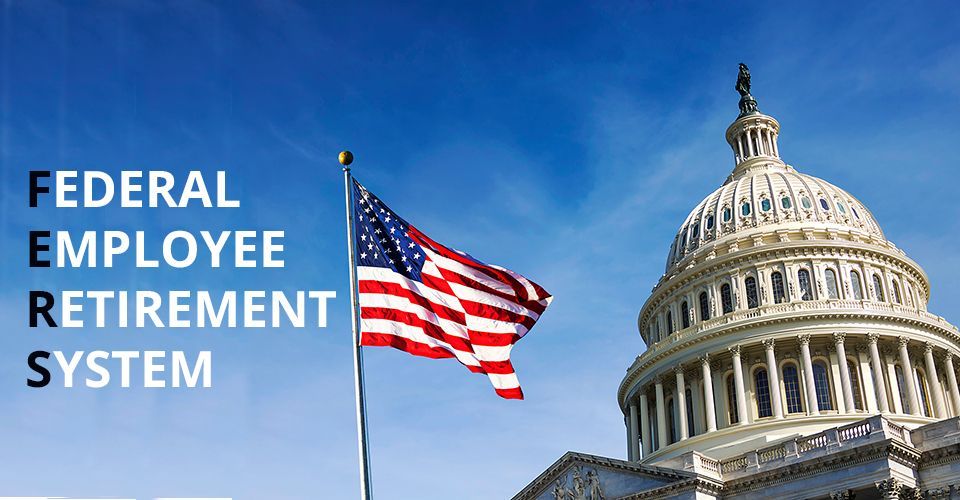What is Your High-3 and What Does it Mean For You?

Your High-3 is a subject that gets thrown around in Federal Retirement circles pretty often. As you draw closer to your retirement, you'll find that this number becomes something you inadvertently memorize because you need to reference it so often. But what is it, and what is its impact on your retirement?
What it is and where to find it
Your High-3 refers to your career's highest three consecutive yearly salaries, including location pay. This number is used to calculate your retirement annuity amount, which you can find on your latest earnings and leave statement.
Not always the last three years
Many people assume their High-3 is their most recent years in service, but that may not be true for you. Location pay and job changes within the government may have affected the calculations. You can be sure by looking back on your statements with a calculator or letting one of our retirement coaches help you find your High-3.
Knowing your High-3 and your retirement annuity amount is one of the many puzzle pieces in determining your income and expenses in retirement. If you would like help putting the puzzle together, we are ready to help you with every step, from retirement planning to strategy to make the best of the rest of your financial future. To get started, fill out this form, and our scheduling coordinators will get with you right away.
More Featured Articles









